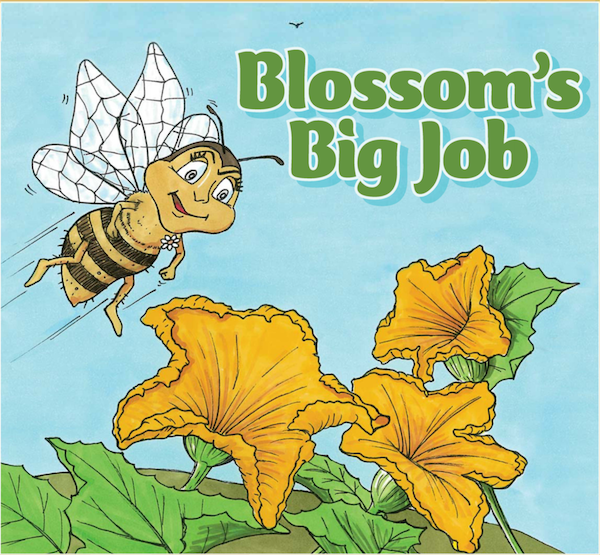Abnormalities in your plant’s growth are typically caused by one of three things: disorders (caused by environmental conditions), diseases or pests.
Disorders
(environmental problems) are abnormalities usually caused by environmental factors, such as light, temperature, humidity, water, nutrition, and soil.
Diseases
are abnormalities caused by microorganisms or other pathogens invading your plant. For a disease to happen, three factors must be present: a susceptible plant, a viable pathogen, and a favorable environment.
Pests
are insects which cause harm to your garden plants, such as whiteflies, aphids or fungus gnats.
Prevention is the best medicine!
Pests and problems can happen, but armed with information and attention, we can learn to recognize and stop potential issues before they take root. When growing indoors in a closed environment, be vigilant about checking for pests, disease or weakened plants. Though the chances are lower that disease or pests will find their way to your indoor garden, it can be much more difficult to control the situation indoors once a problem arrives. The best preventative measure you can take is to place sticky traps within your garden, and check for signs of pests every few days. Don’t wait if you notice a problem developing. Acting immediately is your best chance to stop the problem before it becomes established.
Tip:
Remove diseased, damaged or weakened plant material regularly from your indoor garden. These weakened arts will attract pests and will provide the conditions for disease to develop

